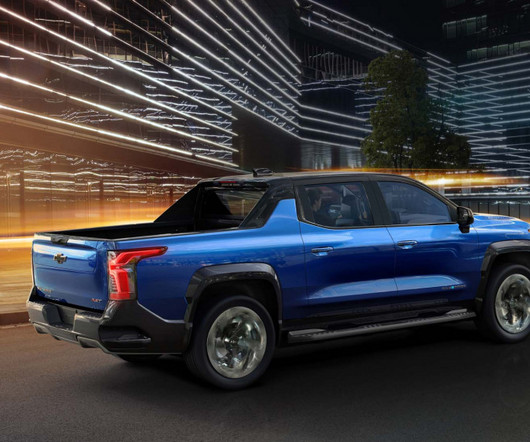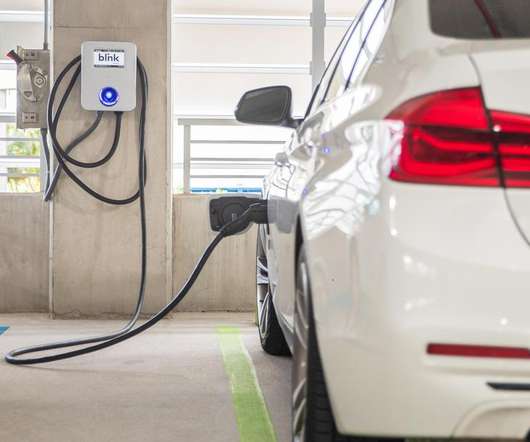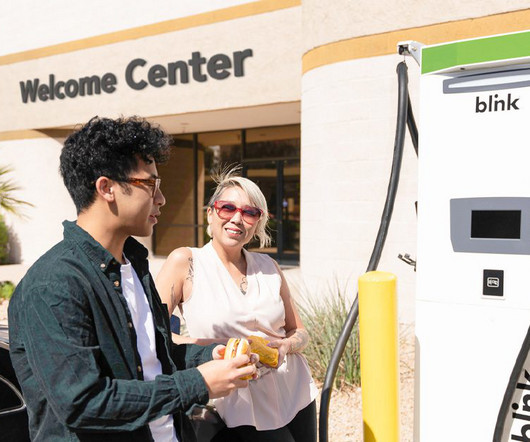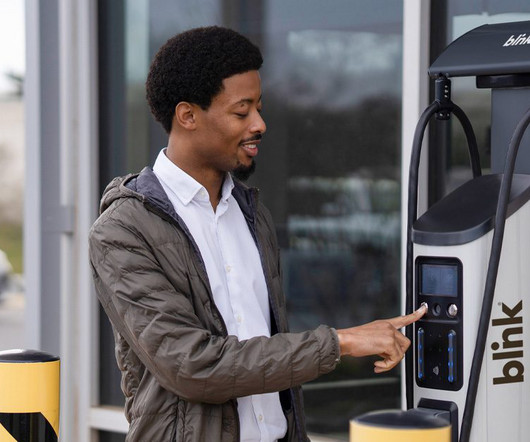Taycan review, Equinox EV deal, R1T top safety, 70-mile PHEVs: The Week in Reverse
Baua Electric
APRIL 7, 2024
In a first drive of the 2025 Porsche Taycan , we found that with improvements to performance, efficiency, and charging, this grand-touring electric sports car lives up to its original mission—and much more. This is our look back at the Week In Reverse—right here at Green Car Reports—for the week ending April 6, 2024. 2024 Tesla Model Y.












Let's personalize your content